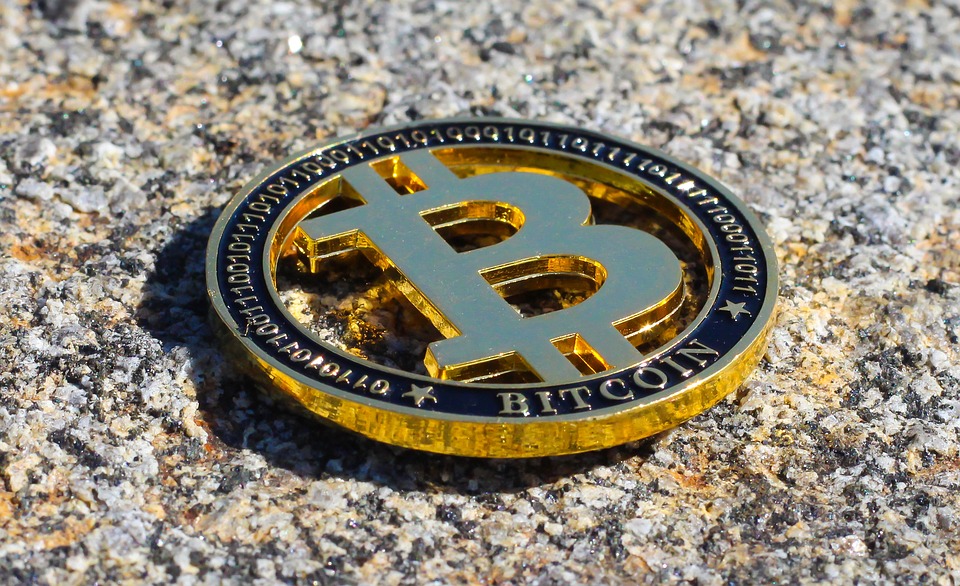Decentralization is a concept that is gaining increasing popularity in various industries and sectors. From finance to technology, more and more companies and organizations are adopting decentralized structures in order to increase transparency, efficiency, and security. However, navigating the challenges of decentralization in a centralized world can be a daunting task.
One of the main challenges of decentralization is the shift in power dynamics. In a centralized system, decision-making is typically concentrated in the hands of a few individuals or entities. In a decentralized system, decision-making is distributed among a network of participants, which can lead to challenges in governance and coordination. It can be difficult to determine who has the final say on important issues and how conflicting opinions are resolved.
Another challenge of decentralization is the potential for inefficiencies and bottlenecks. Without a central authority to oversee and coordinate activities, decentralized systems can be slower to respond to changes and may lack the agility and flexibility of centralized structures. This can lead to delays in decision-making and implementation, which can impact the overall effectiveness of the organization.
Security is also a major concern when it comes to decentralization. While decentralized systems can offer increased security through their distributed nature, they are also more susceptible to hacking and other cyber threats. Centralized systems often have dedicated security teams and protocols in place, while decentralized systems may rely on individual participants to safeguard their own data and assets.
One way to navigate the challenges of decentralization in a centralized world is to strike a balance between the two. Hybrid models, where certain functions are decentralized while others remain centralized, can help organizations reap the benefits of both approaches. This allows for increased transparency and efficiency while also maintaining the security and stability of a centralized system.
Effective communication and collaboration are also key to successfully navigating the challenges of decentralization. Clear communication channels and protocols can help to ensure that all participants are on the same page and working towards common goals. Collaboration tools and platforms can facilitate coordination and decision-making across decentralized networks, helping to overcome the potential for inefficiencies and bottlenecks.
Ultimately, the transition to a decentralized structure requires careful planning, implementation, and ongoing management. By understanding the challenges and risks associated with decentralization in a centralized world, organizations can adopt strategies and practices to mitigate these concerns and harness the benefits of decentralized systems. With the right approach and mindset, navigating the challenges of decentralization can lead to increased innovation, transparency, and resilience in today’s rapidly evolving world.
